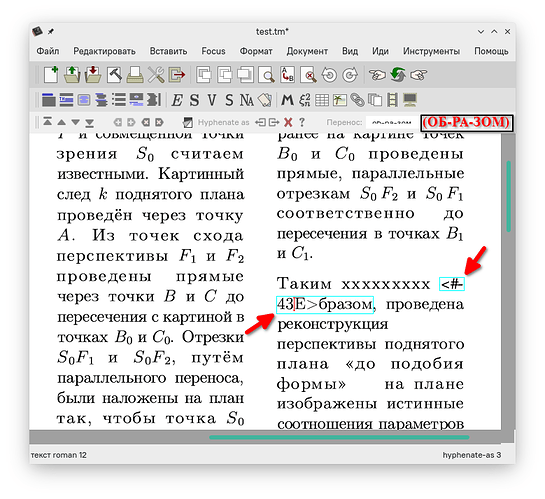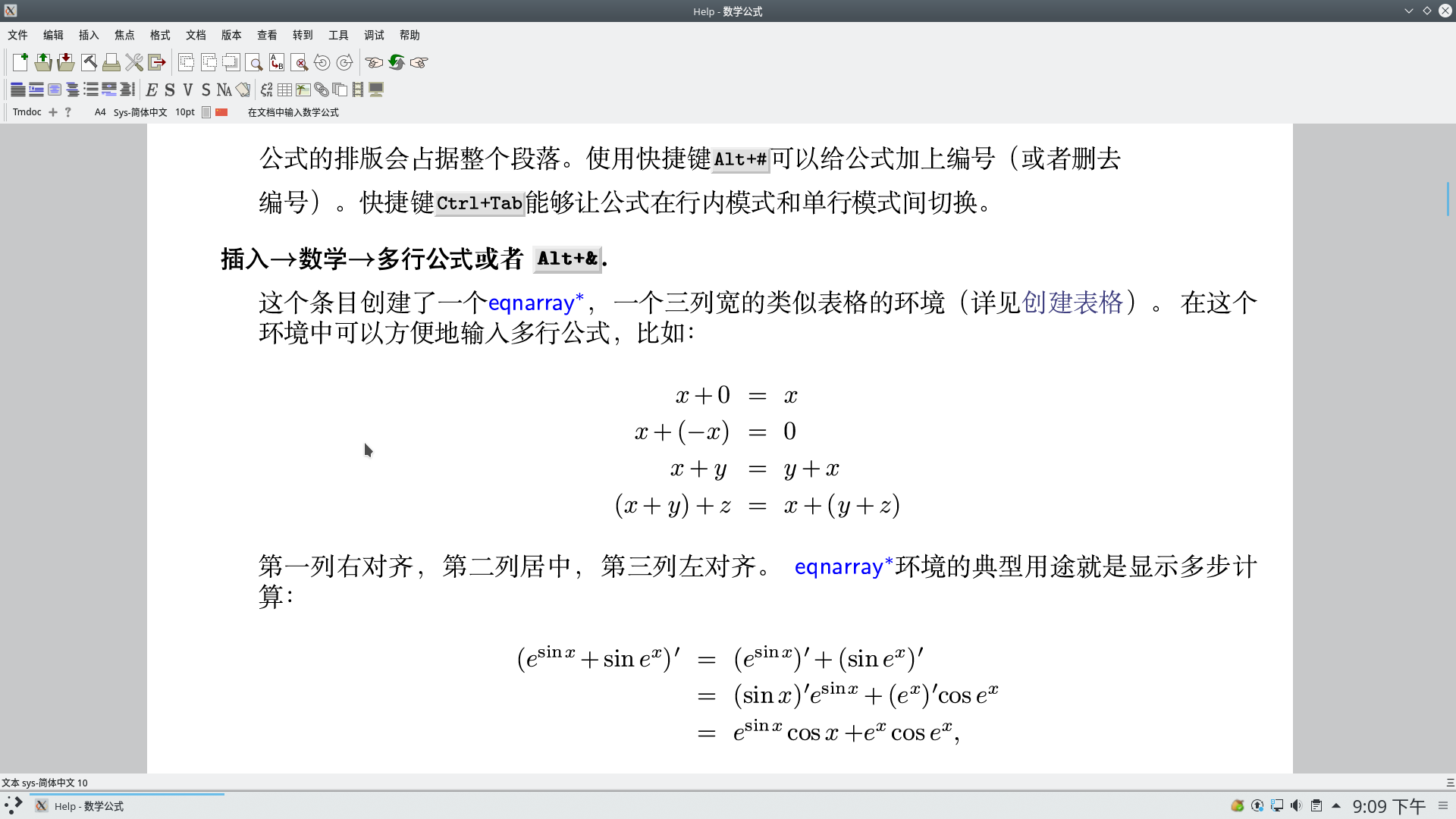
((cm cyrillic-enc $size $series $shape $dpi) (larm. ((cm roman-enc $size $series $shape $dpi) (cmr. You may (should) then define the different parts of the compound font (compound compound-enc cm $size $series $shape $dpi)) Which may then be used to construct compound fonts using the "compound" You first define a compound encoding likeĬompound-enc := roman-enc, cyrillic-enc, greek-enc Of a new way to deal with composite fonts. I would like to improve the font-selection system by the introduction In fact, it is good to think of encodings as being related to fonts. This is good in the particularĬase of big operators, because they are really still part of the font. In other words, the fonts accomodate an infinite The corresponding characters are of the form , > isn't encoded as >? The latter seems moreīe careful: is not a character but a unary application of > then \, so nodes would have to be converted as well. > Regarding the universal characters: is a different character (maybe slightly slower, but with the same functionality). Notice that it would also be nice to have some command-line toolsįor reading in our dictionaries and performing the translations Store the corresponding tables and allow for operations on the tables. No, I think it is better to encapsulate these routines in dedicatedĬlasses like translator, so that we may optimize depending on the context, > as_utf8 to ? This would lend itself more to the inclusion of > not of a translation of its contents, wouldn't it be better to function > Since we are talking about a conversion of the encoding of a string and For instance, a translation from ISO-8859-x toĬork should be faster than a translation from TeXmacs-Universal-Encoding The translator class abstract and perform several types of optimizations In order to make this function asĮfficient as possible for several types of translations, we might make What we should do is write a function which converts strings to stringsįrom a character to character table. Of virtual characters (I am not sure that we should keep this in The font encodings for mathematical characters, as well as the definitions The idea would be to make the translator class more powerful.Īt the moment it is just used for storing the corresponding positions in TeXmacs hashmaps just associate values of a given type to entries of > Are texmacs hashmaps multimaps? I am lost. > into the string-to-be-translated, it associates strings with indices. And instead of building a table associating indices > I do not get how this translator works. > be really fast) in src/Resources/Translators > We will rather write these conversion routines in C++ (they must > so you should write #41 for "A" rather than "#0041".

> In the Cork encoding, each character only takes one byte, > You have to be careful with the number of bytes for each character. It can be found at my site Seems promising. > I have begun work on the TeXmacs universal character set -> Unicode
TEXMACS FONTS UPDATE
While this package is due for an update to 2.Re: utf-8 support update texmacs-dev 14:09:53 by Greg Troxel | Files touched by this commit (1) |Įditors/TeXmacs: Add comments about guile 21:36:51 by Thomas Klausner | Files touched by this commit (5) 21:12:27 by Adam Ciarcinski | Files touched by this commit (1798) | 13:38:00 by Thomas Klausner | Files touched by this commit (3952) *: Revbump packages that use Python at runtime without a PKGNAME prefix ( ) Updated to version: TeXmacs-1.99.13nb9ĬVS history: ( Expand) 13:19:02 by Nia Alarie | Files touched by this commit (524).


The high typesetting quality still goes through for automatically Help you to produce professionally looking documents. Implements high-quality typesetting algorithms and TeX fonts, which The editor allows you to write structuredĭocuments via a wysiwyg (what-you-see-is-what-you-get) and userįriendly interface.
TEXMACS FONTS FREE
editors/TeXmacs, GNU TeXmacs (free scientific text editor) īranch: CURRENT, Version: 1.99.13nb14, Package name: TeXmacs-1.99.13nb14, Maintainer: pkgsrc-users GNU TeXmacs is a free scientific text editor, which was both inspiredīy TeX and GNU Emacs.


 0 kommentar(er)
0 kommentar(er)
